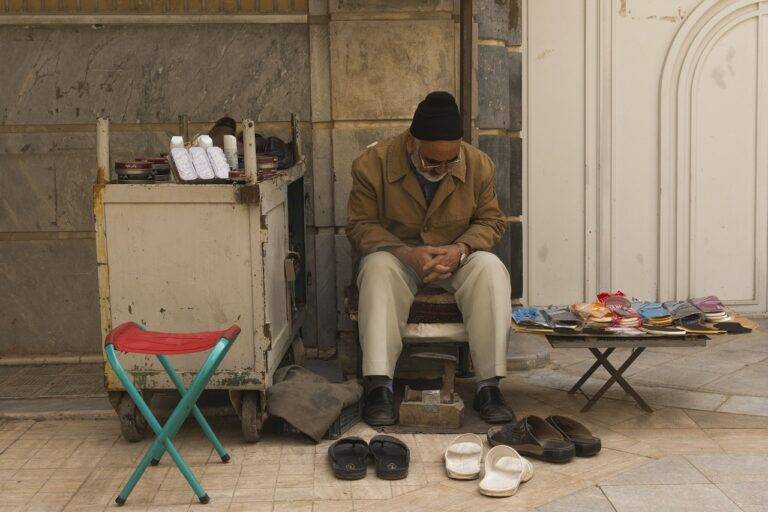The Art of Digital Detox: Unplugging for Mental Health
Unplugging from technology provides a much-needed break from the constant stimulation of screens and notifications. By disconnecting from devices, individuals can find a sense of peace and calm that is often elusive in today’s fast-paced digital world. This break allows for introspection and reflection, leading to improved mental clarity and reduced stress levels.
Moreover, taking a step back from technology fosters deeper connections with others and promotes more meaningful interactions. Without the distractions of smartphones and computers, people can engage in face-to-face conversations, strengthening relationships and building a sense of community. This shift away from screens also encourages individuals to engage in real-world activities, such as outdoor adventures or creative pursuits, enriching their lives in ways that virtual experiences cannot replicate.
Understanding the Impact of Screen Time on Mental Health
Spending excessive time in front of screens has been linked to various negative effects on mental health. Research shows that high screen time is associated with increased feelings of anxiety, depression, and loneliness. The constant exposure to social media, news, and online content can contribute to a sense of inadequacy and comparison with others, leading to a decline in overall well-being.
Furthermore, prolonged screen time can disrupt sleep patterns and impact cognitive function. The blue light emitted by screens interferes with the body’s production of melatonin, making it harder to fall asleep and affecting the quality of rest. This can result in fatigue, difficulty concentrating, and irritability, all of which can take a toll on mental health over time.
Tips for Creating a Digital Detox Plan
To successfully create a digital detox plan, it is essential to first assess your current technology usage. Take note of how much time you spend on screens each day, whether it’s for work, entertainment, or communication. Understanding your habits will help you identify areas where you can cut back and make necessary changes. Setting specific goals, such as limiting screen time before bed or allocating dedicated tech-free hours during the day, can provide structure and guidance in your detox journey.
In addition to setting goals, it is crucial to find alternative activities to replace screen time. Consider engaging in hobbies such as reading, exercising, or spending time in nature to fill the void left by technology. Creating a schedule that includes these activities can help you stay on track and prevent the urge to mindlessly reach for your devices. Remember, the goal of a digital detox is to reconnect with the world around you and prioritize mental well-being over constant digital stimulation.





